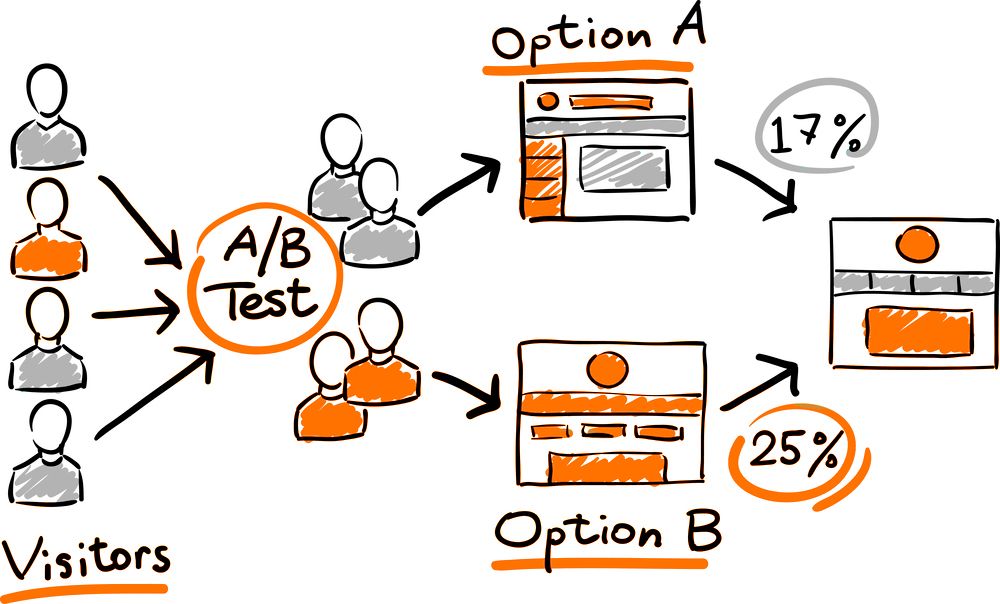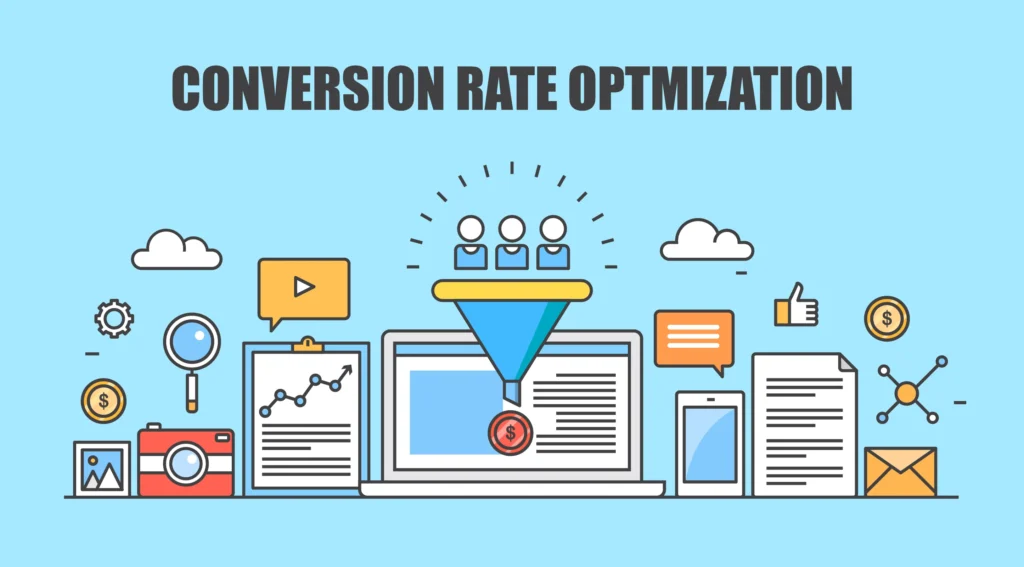A/B testing, also known as split testing, is a powerful method for optimizing your digital marketing efforts by comparing two versions of a web page, email, or other marketing asset to see which one performs better. This guide will walk you through the essentials of A/B testing, including its benefits, key steps, and best practices.
What is A/B Testing?
A/B testing involves creating two versions (A and B) of a marketing asset and showing them to different segments of your audience to determine which version drives better results. The versions differ in one or more elements, such as headlines, images, calls to action (CTAs), or layout. By measuring the performance of each version, you can make data-driven decisions to optimize your marketing efforts.
Benefits of A/B Testing
- Data-Driven Decisions: A/B testing provides empirical data on what works best, reducing guesswork and subjectivity in decision-making.
- Improved Conversion Rates: By identifying and implementing the most effective elements, A/B testing helps increase conversions and overall marketing performance.
- Reduced Risk: Testing changes on a smaller scale before full implementation reduces the risk of negative impacts on your audience.
- Enhanced User Experience: A/B testing helps optimize user experience by identifying the elements that resonate most with your audience.
Key Steps in A/B Testing
- Define Your Goals
Start by identifying the specific goal you want to achieve with your A/B test. Common goals include increasing click-through rates, improving conversion rates, or reducing bounce rates. Clearly defined goals will guide your testing process and help you measure success.
- Identify the Variable to Test
Choose the single element you want to test. This could be a headline, image, CTA, button color, layout, or any other element that might impact user behavior. Testing one variable at a time ensures that you can attribute any changes in performance to that specific element.
- Create Variations
Develop two versions of your marketing asset: the original (A) and the variation (B). Make sure the only difference between the two versions is the variable you are testing. This allows you to isolate the impact of that specific change.
- Split Your Audience
Randomly divide your audience into two groups: one group will see version A, and the other group will see version B. This randomization ensures that any differences in performance are due to the changes you made, not external factors.
- Run the Test
Launch your A/B test and let it run for a sufficient period to gather meaningful data. The duration will depend on your traffic volume and the statistical significance you aim to achieve. Generally, a test should run for at least a week to account for variations in user behavior over different days.
- Analyze the Results
Once the test has concluded, analyze the data to determine which version performed better. Look at key metrics such as click-through rates, conversion rates, and engagement levels. Use statistical analysis to ensure that the results are significant and not due to random chance.
- Implement the Winning Variation
If one version clearly outperforms the other, implement the winning variation across your entire audience. If the results are inconclusive, consider running additional tests to gather more data or test different variables.
Best Practices for A/B Testing
- Test One Variable at a Time: To accurately determine the impact of a change, test only one variable at a time. Testing multiple variables simultaneously can make it difficult to identify which element influenced the results.
- Ensure Statistical Significance: Make sure your test runs long enough to achieve statistical significance. This means having a large enough sample size to confidently attribute the results to the changes you made.
- Use Reliable Testing Tools: Utilize reputable A/B testing tools such as Google Optimize, Optimizely, VWO, or Unbounce to design, run, and analyze your tests.
- Consider the User Experience: Ensure that both versions of your asset provide a positive user experience. Avoid making changes that could negatively impact usability or accessibility.
- Document Your Tests: Keep detailed records of your tests, including the variables tested, the duration of the test, the results, and any insights gained. This documentation will help you track your progress and inform future tests.
- Be Patient: A/B testing is an iterative process that requires patience and persistence. Don’t rush to conclusions based on short-term results; allow enough time for meaningful data to emerge.
Conclusion
A/B testing is a valuable technique for optimizing your digital marketing efforts and making data-driven decisions. By following the key steps and best practices outlined in this guide, you can effectively test and improve various elements of your marketing assets, leading to better performance and higher conversions. Start incorporating A/B testing into your strategy today to unlock the full potential of your digital marketing campaigns.


